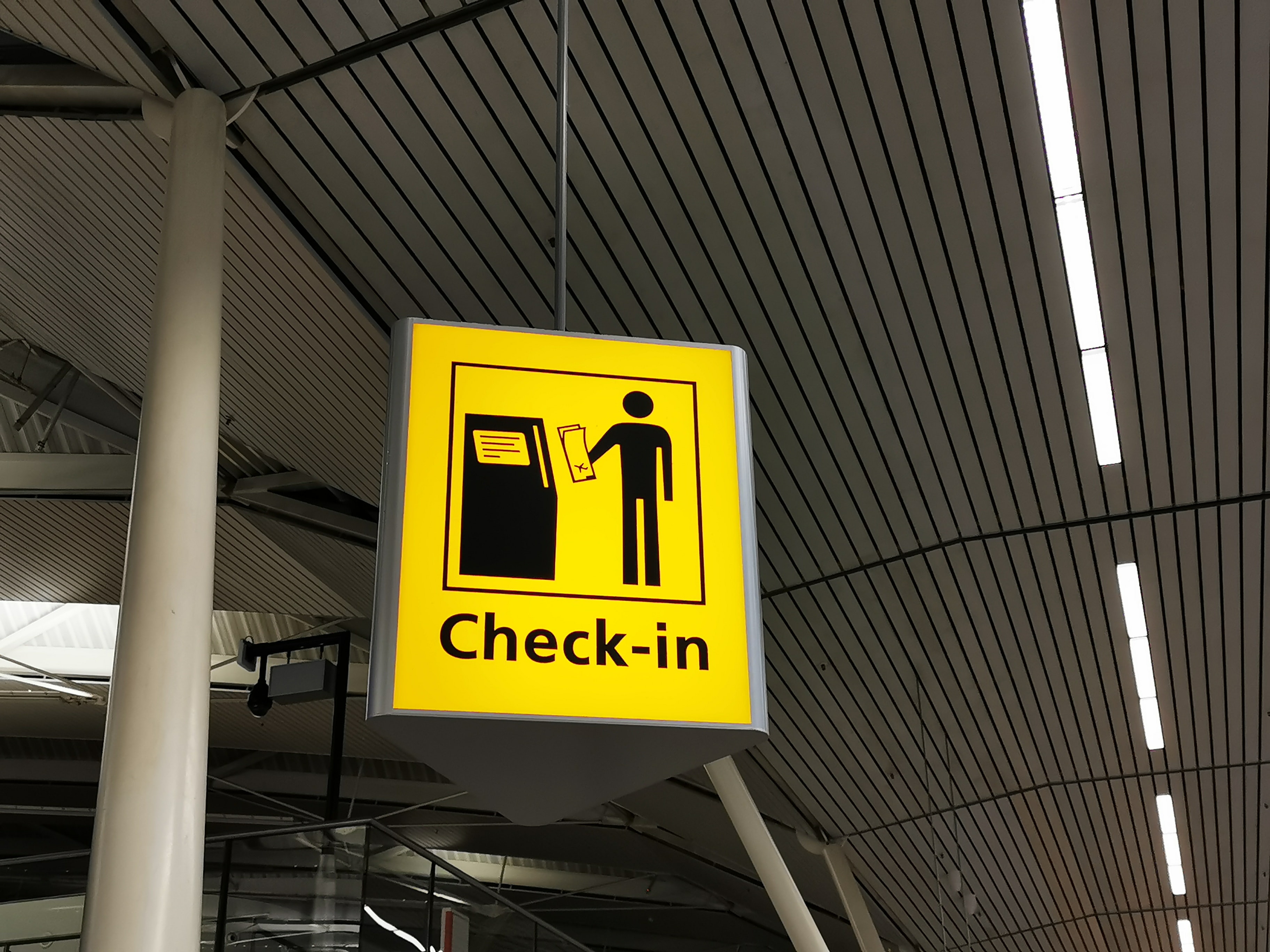Published April 10, 2020 | Updated October 3, 2024 | 9 minute read
A Check-In Round is a ritualized moment at the start of a meeting where everyone speaks one at a time, in-turn, without interruption, in answer to a given prompt. For example. the prompt might be: “What’s got your attention as you come into this meeting?”
Whether with my colleagues or with my clients, we start over 90% of meetings with a check-in round. Additionally, it’s often the first “new working practice” that we introduce to our clients, and their internal agile coaches on their path to becoming self-sufficient organization designers. Here are 13 reasons why this simple 5-minute practice is worth introducing in your team or organizations, particularly during the COVID-19 pandemic:
1. It’s an easy hack to psychological safety
Check-in rounds quickly build empathy and understanding between colleagues who may only have professional relationships. They let people know it’s okay to share what’s going on for them and encourages more of bringing your “whole self” to a meeting.
During these uncertain, unsafe times teams new and old need to understand what may be going on for other people, whether it’s a highlight from the
weekend with their family, or it’s a tricky medical or living situation that is taking up their headspace.
2. To set the expectation that we will be doing conversation turn-taking and everyone gets a voice
As well as knowing who the facilitator is, a check-in round also lets participants know that this meeting will be facilitated. It gives the implicit expectation that the rest of the meeting will continue in the same fashion: with an equal share of voice and an ordered flow to the conversation.
This is particularly important to overcome the unconscious biases that lead to people from oppressed groups being more likely to be interrupted during meetings or for their ideas to be taken less seriously. (Multiple studies support this.) As well as an obvious moral reason, there’s a business reason to make sure that this doesn’t happen: more inclusive groups have better ideas.
3. It warms the facilitator up for more complex facilitation of the meeting
If you’ve planned a more complex group activity for the meeting, such as a retrospective, or a decision-making process, a simple check-in will help you get comfortable in your role as facilitator or coach for the remainder of the meeting. (I’ve been a professional facilitator for three years, and still get nervous before a big facilitation moment. Check-in rounds are essential to get me centered and build my confidence.)
4. It’s good practice for a beginner facilitator
The above counts double if you’re just starting to take on the role of facilitator. There may be no other facilitation to come throughout the rest of the meeting, and yet this is still a great first step into a role that is increasingly crucial for teams, organizations and your career.
5. To let everyone know who the facilitator is
On the flip side, for the meeting participants, it lets them know who the meeting facilitator is and helps them get used to your particular style. They’ll be comfortable following instructions from you for the rest of the meeting.
6. To allow everyone into a moment of mindfulness
Research has found that mindfulness redirects brain activity from the more instinctive reactive parts of our brain to the logical, rational areas that can help us make better decisions. As we run from meeting to meeting in the modern physical office or virtual workspace, we don’t have time to take a pause and step out of ourselves to reflect on what mood or energy we might be carrying. A quick check-in that helps us pause and assess what’s going on for us, will pay off in later overcoming “System 1” instincts that could derail effective decision making.
7. To start the meeting without starting the meeting
Rather than sit in awkward silence as you wait for the boss to arrive, or for the tech to get set up right, a check-in round is an easy way to pass the time before you get to the real meeting. Hopefully, latecomers who come in halfway through won’t feel like they missed anything important, but will learn that meetings can and will start without them.
8. To test audio
We’re all getting good at video calls right now! Still worth taking a moment to check that everyone can hear and talk to the other participants — particularly if you’re still getting used to a new remote office set up or a fancy new set of headphones.
9. For introductions
By coupling the meeting with names and job titles you can be sure that everyone knows each other and what their role is.
10. To set the tone of the meeting.
Get creative with the check-in to set the atmosphere that you want to maintain for the rest of the meeting: lighthearted, reflective, frivolous. A few that I’ve been trying recently:
- What was a highlight from your weekend?
- If you could shoot two liquids from your finger guns, what would they be?
- What’s one new belief that you have as a result of coronavirus?
- What’s your deepest childhood fear? (this is a joke, don’t use this one)
11. To signal the start of the meeting
It sounds obvious, but we often simply jump into meetings when someone starts talking.
By having a ritualized mechanism that signals the start, we’re much more intentional about making our gatherings purposeful and meaningful.
12. To encourage participation throughout
I read somewhere once that if you’ve spoken once in a meeting, you’re much more likely to speak again. As an introvert who takes longer to process data and choose their words, I know what it’s like to feel unable to contribute to a dynamic conversation in a meeting. A check-in round ensures that my presence is felt, and will make me more likely to speak up again later on in the meeting (btw, the same thing works for people whose first language isn’t the one being used in the meeting!)
13. “I have a hard stop….”
As we juggle this new intersection of work life and personal lives, it’s important to create space for people to give logistical info that may affect their participation in the meeting: e.g. I’m looking after my kid right now, or I have to leave 15 minutes before the end to get started on lunch
That’s it! Let me know in the comments if you have any more to add. Good luck with your check-ins.


.jpg)







